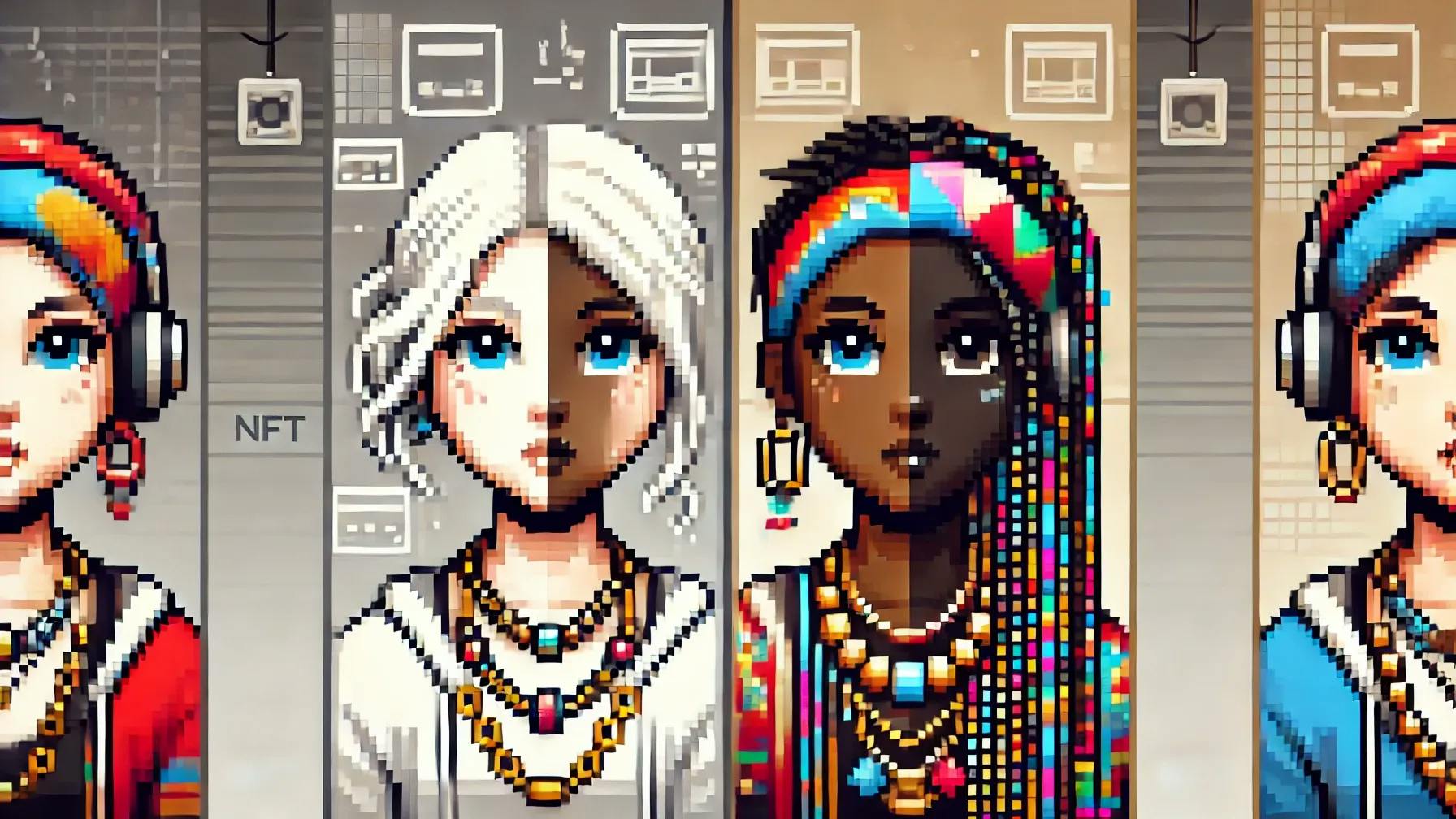Table of Links
Abstract and 1 Introduction
2 Methodology
3 Results
3.1 CryptoPunks
3.2 Aggregate NFT Market
4 Discussion
5. Conclusion/ Acknowledgements/ References
A Appendix
A.1 Implementation Details
A.2 Detailed NFT Information & A.3 Google NFT Searches Map
Abstract
Non-Fungible Tokens (NFTs) are non-interchangeable assets, usually digital art, which are stored on the blockchain. Preliminary studies find that female and darker-skinned NFTs are valued less than their male and lighter-skinned counterparts. However, these studies analyze only the CryptoPunks collection. We test the statistical significance of race and gender biases in the prices of CryptoPunks and present the first study of gender bias in the broader NFT market. We find evidence of racial bias but not gender bias. Our work also introduces a dataset of gender-labeled NFT collections to advance the broader study of social equity in this emerging market.
1. Introduction
Are darker-skinned Non-Fungible Tokens (NFTs) sold for less than lighter-skinned NFTs? Or, are female NFTs worth less than male NFTs? Egkolfopoulou and Gardner [8] raises diversity concerns by reporting preliminary results on price differences based on gender and race. Determining whether diversity issues are present in the early-stage NFT space is important to raise awareness and bring change.
NFTs are tokens on a blockchain to represent ownership of a unique item. While the item can range from music, videos, or tweets, it usually represents the ownership of art. NFT’s popularity has boomed since 2021 as the public became accustomed to the concept. We analyze NFTs stored on the Ethereum network [9]
As NFTs are such a new concept, the dynamics of the NFT market has not been well studied. There has been previous work about NFT economics with focus on the trade networks [14], the predictability of NFT sales [14], and the risk and returns of NFT investments, [13]. Other topics of interest include how NFT art may change the dynamics of art markets [3], how NFTs can affect game development by making the art tradable [10], and how it can revolutionize digital ownership in different industries [16]. Among the studies, one specific collection that is most analyzed to represent the NFT market is CryptoPunks [12] [18] [6].
The CryptoPunk collection is one of the most well-known NFT collections and consists of 10,000 avatars on the Ethereum blockchain created by Larva Labs in 2017. They are commonly credited for starting the NFT boom in 2021 [20]. As shown in Figure 1, CryptoPunks are avatars that can be used to represent oneself in the digital world and therefore are of interest when studying the NFT diversity problem.
We are interested in whether racial bias or gender bias exists in the NFT art market. In the December 2021 Bloomberg article “Even in the Metaverse, Not All Identities Are Created Equal”, Egkolfopoulou and Gardner [8] examined graphs of sales prices of CryptoPunks over time across different genders and different races. They found that female avatars were sold for less than male avatars, and darker-skinned avatars were sold for less than lighter-skinned NFTs. However, their evidence for gender and racial biases is limited to visual inspection of CryptoPunk’s historical price graphs instead. Thus, we test the statistical significance of race and gender biases in the prices of CryptoPunks and present the first study investigating gender bias in the broader NFT market.
Our first goal is to analyze the gender and race biases of CryptoPunks rigorously through hypothesis testing. This will indicate whether price differences are significant enough to not be attributed to random chance. We find that darker-skinned CryptoPunks are sold for more than lighter-skinned CryptoPunks, but contrary to the analysis in [8], the difference in price for male and female CryptoPunks was not statistically significant.
Our second goal is to extend our analysis to other collections to determine whether there are gender biases for the broader NFT market. To that end, we analyze 44 NFT collections labeled with gender tags and apply a hypothesis test to each collection to determine if male-looking NFTs sell at higher prices than female-looking ones. Like in CryptoPunks, we conclude that the price difference in male and female is not statistically significant. Because of the lack of race labels, we were only able to find 3 collections to categorize between light and dark skinned NFTs, with analysis suggesting lighter-skinned NFTs are sold for more than darker-skinned NFTs.











